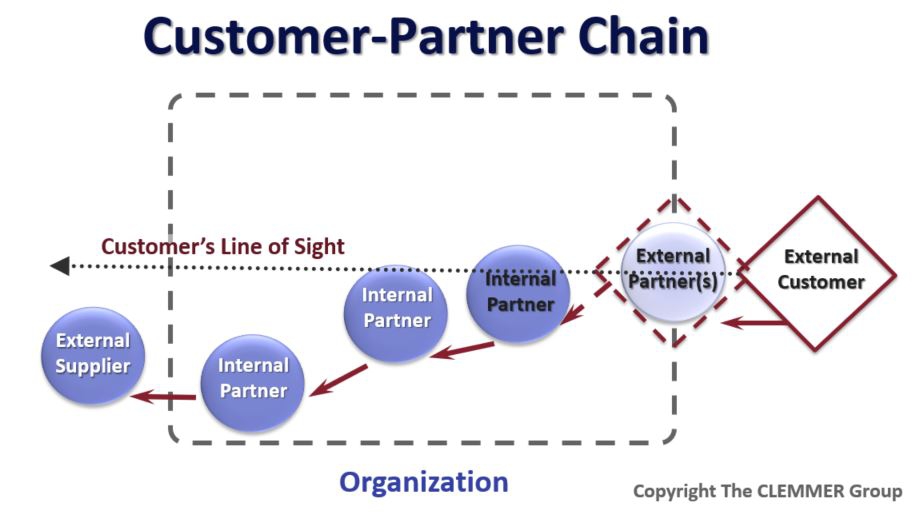
With years of travel I’ve experienced the full range of frontline servers. Some are warm, friendly, and genuinely want to help. They seem to have bounced out of bed that morning thinking “how can I brighten our customers’ day?” Others are sour and surly. For them, customer service is an oxymoron and a huge pain in the paycheck.
A minority of servers are born to serve or born to snarl. It’s the large group in the middle that makes or breaks an organization’s service levels. They could go in either direction. Their customer service efforts reflect the service levels they’re getting from the organization.
IBM draws a direct link between employee engagement and customer service. Senior Vice President of Human Resources, Diane Gherson, said, “We’ve found that employee engagement explains two-thirds of our client experience scores. And if we’re able to increase client satisfaction by five points on an account, we see an extra 20% in revenue, on average.”
This link is consistent with research by Disney Institute and McKinsey & Company as reported in “Put Employees First to Delight Customers“, “American Express Boosts Customer Service with Transformed Leadership and Culture“, and a Wharton study showing to improve customer service, treat your employees better.
The Customer Service Chain is often a useful visual in building a culture of serving the servers to boost the customer experience and live up to the organization’s brand promise. Its core message is “if you’re not serving customers directly, you need to serve someone who is.”

7 Tips for Co-Creating a Higher Service Culture:
- Draw a customer-partner chain for your organization. Start with a key customer segment and work your way back through external partners and each team or department to external suppliers. Help everyone see where they fit in the big picture.
- Regularly bring the voice of the customer and actual customers into your organization. Take support staff who rarely deal with customers out to meet them.
- Update customer and internal partner performance data frequently (daily or weekly) and make visible to everyone.
- Work with servers to systematically identify root causes of service problems and involve them in a continuous improvement process.
- Post service trend charts and customer experience/process maps for all servers to keep score and stay engaged in the improvement process.
- Continuously ask servers to identify and prioritize what’s getting in the way of higher service levels and involve them in addressing the issues.
- Make it easy and painless for internal partners to raise issues and concerns. Respond promptly and systematically to analyze the trends for improvements.
I often encounter caring servers who want to respond to my request or help me deal with a service problem. Many times, they’re as frustrated as I am with the situation and their inability to solve it. Too often I’ve heard some version of, “Please complete our survey or make a complaint about this. Nobody listens to me. Maybe they’ll do something about it if enough customers like you complain loud enough.”


.jpg)





